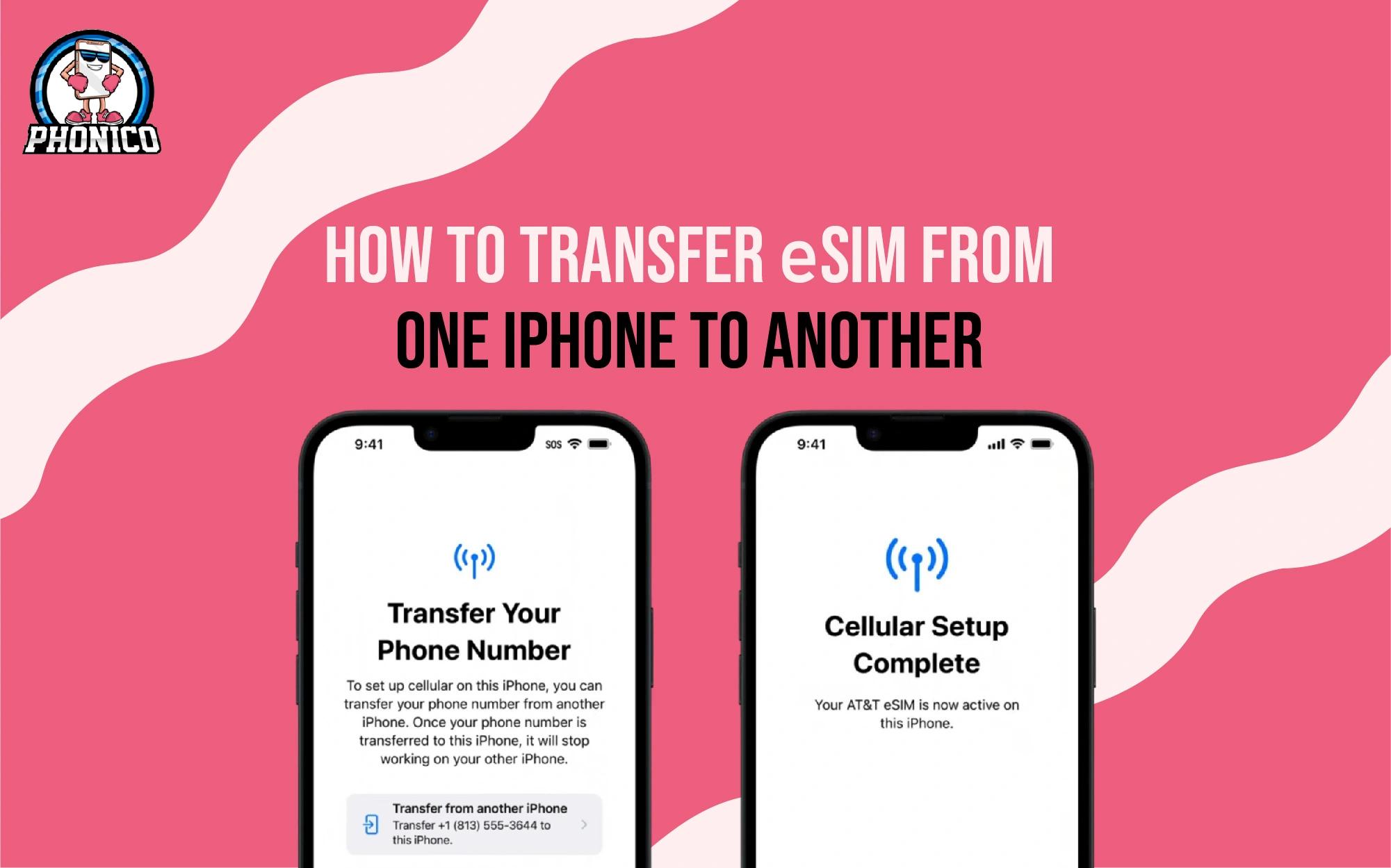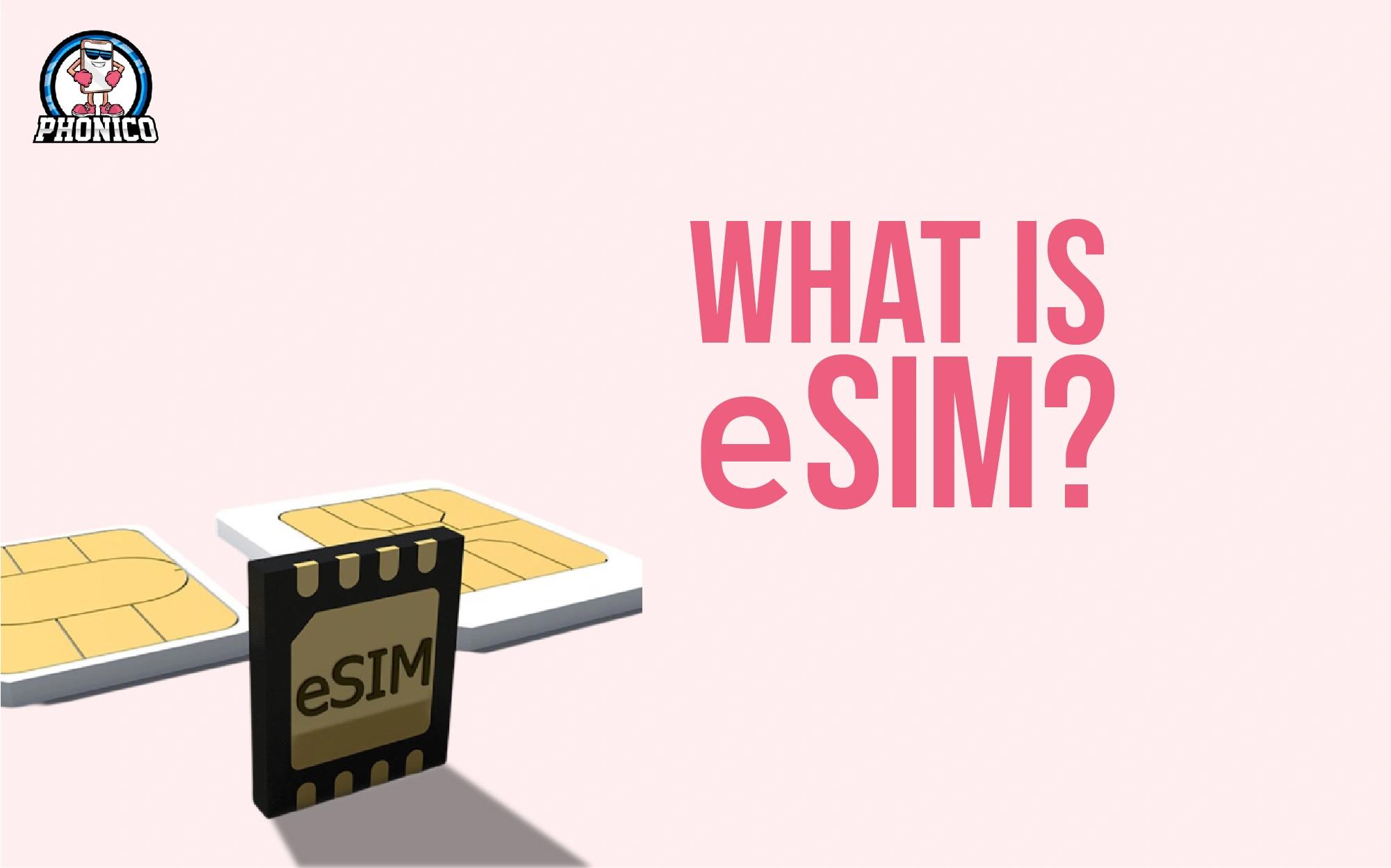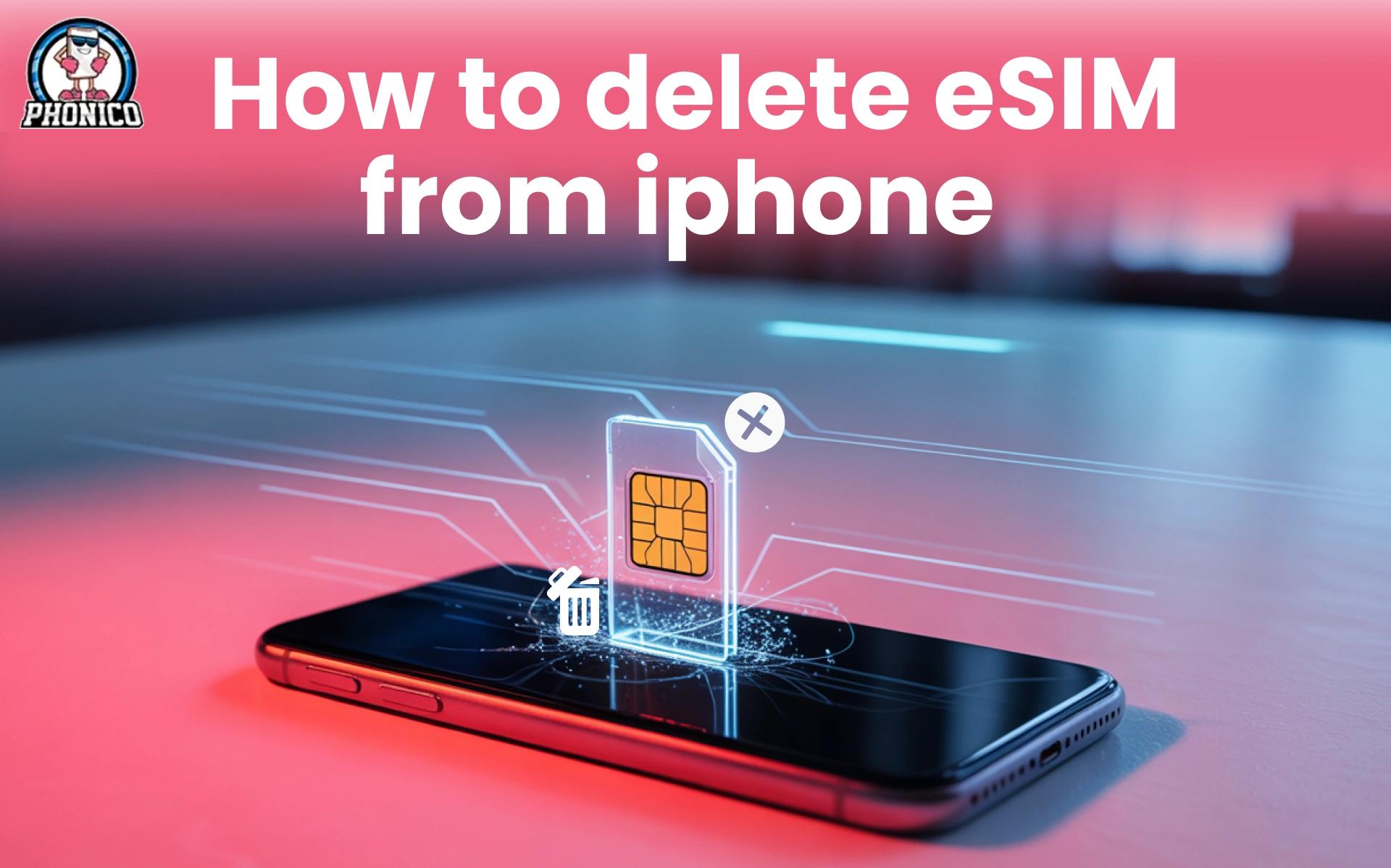What is Data Roaming? A Guide to Managing Your Bills!
Data roaming is a way to connect to the internet while the user is out of network coverage. While traveling, many travelers use international data roaming, which adds to the travel cost. If you use mobile data roaming to access the internet, your carrier may charge extra bills.
Managing settings and roaming plans can help avoid adding expenses to your travel costs. This article will provide you with an overview of data roaming. You will understand how it works and what its pros and cons are. What can be the possible alternative to international roaming to avoid the shocking bills?
What is cellular data roaming?
Data roaming lets you stay online when you are out of network coverage. Travelers usually need data roaming in foreign countries to use the data. International data roaming provides a seamless connection to different locations. When the user turns on data roaming, the device searches for suitable networks to connect.
How does data roaming work?
The device connects to a suitable cellular network at the user's location to provide data through cellular data roaming. After that, you can use your apps like maps, social media, and calling apps. Once your device connects, your carrier contacts the international network provider. Then, based on data usage, the carrier charges the data roaming fee.
Roaming is not similar for every destination. It varies according to the data you use and the destination. Managing data roaming settings helps to avoid high roaming expenses.
Why is international roaming so expensive?
International roaming is expensive because you are charged based on the agreement between your home provider and the international network provider.
Your home provider contacts the foreign network provider to access the internet during your foreign travel. When the user turns on global roaming, the device connects to the network. The provider charges the users a roaming fee based on the contract between the providers.
Data roaming is costly due to the data usage, location, security, and infrastructure.
How to use the data roaming?
Here are the steps to use data roaming on your devices. I am discussing the steps for both iOS and Android devices.
For iOS Devices
- Open the Settings of your iOS devices.
- Move to the Cellular or Mobile Data option.
- Tap the Cellular.
- Toggle the Data Roaming to turn it off or on.
For Android Devices
- Open your Android device Settings.
- Click on Network & Internet or Connections.
- Find the Mobile Networks.
- Look for the Data Roaming and toggle to turn it on.
Pros and Cons of Data Roaming
Data roaming helps you to stay connected during travel. However, it costs high charges and adds more to your traveling expenses. Therefore, getting the pros and cons of roaming will help you gain a better understanding.
Pros
- The user can access a fast internet connection to avoid hassle while traveling abroad.
- You can use social media, calling, and location apps through data.
- Users don’t need to worry about taking the hotspot or finding public data connections.
Cons
- The carrier charges high roaming bills that make your trip more expensive. It usually depends on your carrier to add up the bills based on your location.
- Users can face security issues. Accessing the data from unauthorized networks can attack your data.
How to avoid extra data charges?
- Research plans: Research your provider's international travel plans. Choose a monthly or weekly plan according to your travel duration.
- Toggle roaming when you don’t require internet: Toggle the roaming on and off during your travel. Turn off cellular roaming when you don't need an internet connection. This will help lower your data charges.
- Turn off the device updates: Make sure to turn off the device updates while using data roaming. You can enable the updates when accessing the wifi connection.
- Download the videos and music before traveling: Download your favorite videos and music for entertainment purposes to avoid the high charges.
What are the alternatives to data roaming?
Here are some alternatives you can use to avoid the data roaming charges.
- Embedded SIM: An eSIM is a small chip embedded in devices. It is one of the most cost-effective alternatives to data roaming when traveling. To buy an eSIM plan for your trip, ensure your device supports eSIMs. Virtual SIMa allows users to switch between different eSIM profiles without physically swapping.
- Local SIMs: You can buy a local SIM for the country you are traveling to. After landing, you can buy the SIM from the airport or order it online.
- WiFi Hotspots: You can access the Internet while traveling using Wi-Fi hotspots. Cafes, restaurants, and hotels offer paid Wi-Fi hotspots that are hassle-free.
Conclusion
This article provides a comprehensive guide to data roaming, a way to connect when your network is out of coverage. International roaming helps you access the data connection once you are connected to a suitable foreign network provider. However, users face high data roaming charges that add up to their travel expenses.
Read this article to get tips on how you can avoid high roaming charges. You can get an idea about what alternatives you can use to prevent the bills.
FAQs
How to get cheap data roaming?
Check your carrier's international roaming data plans, and choose the cost-effective one according to your travel duration. You can use the eSIM technology for travel to keep your roaming charges to zero.
What happens if data roaming is on?
If your data roaming remains on during international travel, your device will connect to a suitable network to access the internet. You can make calls and texts through this, but the carrier will charge you high data roaming charges.







